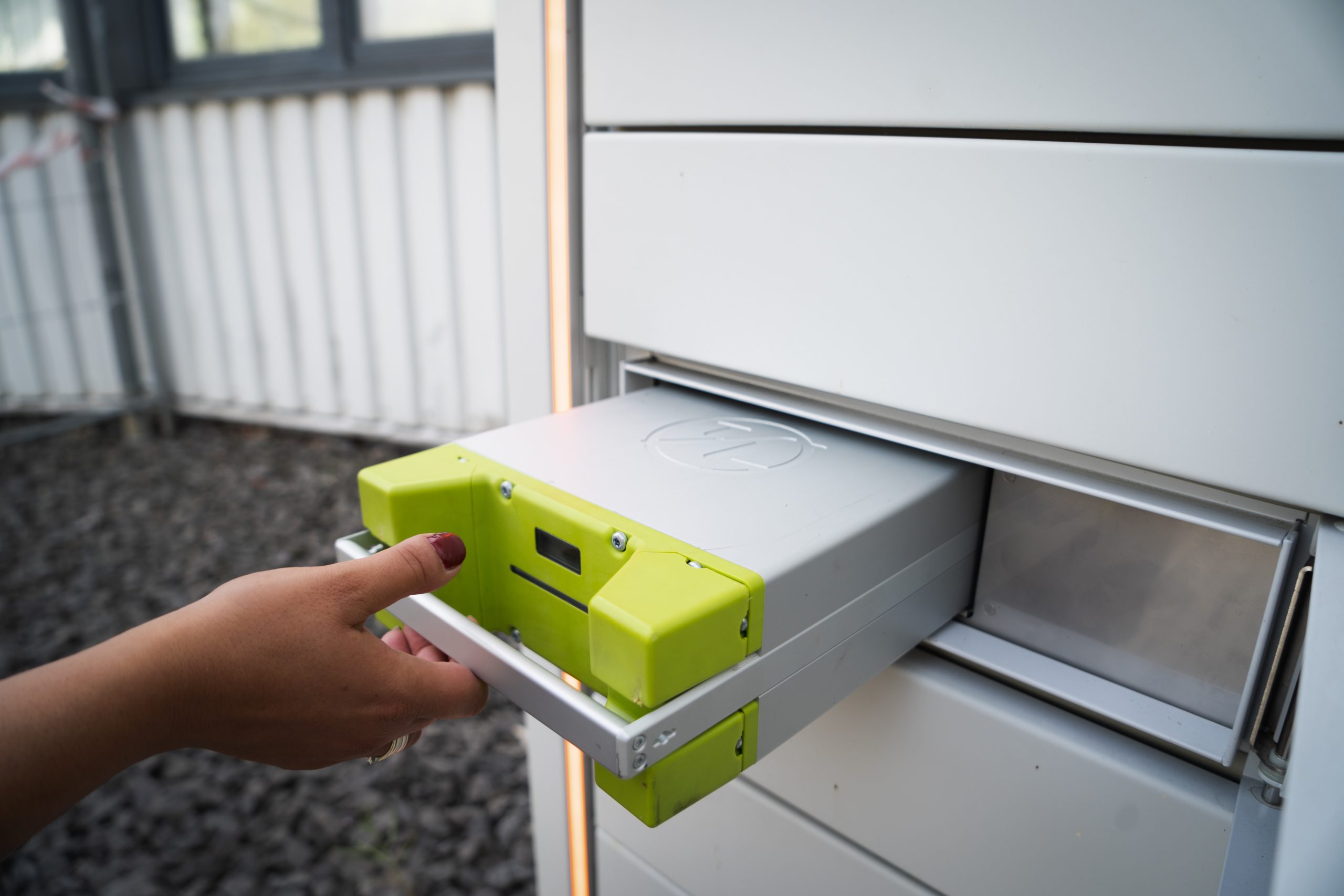Lithium-ion battery technology has emerged as a revolutionary force in energy storage, powering our everyday gadgets to electric vehicles. The impressive capabilities of this technology are not an end, but rather a springboard for even more incredible advancements that promise to reshape our energy landscape. This exploration of the evolution of power aims to trace the journey of these game-changing energy providers.
The first non-rechargeable lithium batteries were commercialized in the 1970s, with the history of lithium-ion batteries dating back to the early twentieth century. However, it wasn’t until the early 1990s that rechargeable lithium-ion batteries were available, thanks in major part to the Nobel Prize-winning work of John B. Goodenough, M. Stanley Whittingham, and Akira Yoshino. These pioneers overcome numerous difficulties, ranging from safety to lifespan, to usher in a new era of portable electricity.
Today’s lithium-ion batteries are living proof of this progress. They have a higher energy density, a longer lifespan, and better environmental characteristics than their predecessors. They are, however, not without difficulties. Overheating, restricted charge cycles, and high production costs have all proven to be chronic challenges. Despite this, lithium-ion technology remains the cornerstone of modern power storage, with applications ranging from smartphones to electric vehicles.
The pursuit of excellence in lithium-ion battery technology is ongoing, aiming to break down obstacles and open new paths in energy storage. Researchers all over the world are using modern materials science and nanotechnology to improve battery performance. For example, silicon-based anodes and solid-state electrolytes show promise in overcoming existing limits. This commitment to R&D is making batteries safer, more efficient, and more sustainable.
Looking ahead, it’s apparent that lithium-ion batteries will play an important part in the evolution of power. The present research trajectory points to batteries with much higher energy densities and shorter charging times. Such advancements could have far-reaching consequences for energy storage systems, increasing the feasibility of renewable energy and expanding the range of electric vehicles. These breakthroughs have the potential to reshape transportation, telecommunications, and a variety of other industries, in addition to energy.
Surprisingly, while lithium-ion batteries have become a dominant force in our daily lives, their full potential is only now being understood. They are at a crossroads of numerous scientific and technical disciplines, and comprehending the path of these breakthroughs necessitates a deeper dive into the science underpinning these batteries.
The transfer of lithium ions from the anode to the cathode during discharge, which releases energy, lies at the heart of a lithium-ion battery. Graphite anodes and lithium cobalt oxide cathodes are used in modern lithium-ion batteries, although research into other materials promises major improvements. Silicon-based anodes, for example, may store ten times more lithium ions than graphite, potentially increasing the energy capacity of batteries significantly.
Another important consideration is safety. Traditional liquid electrolytes can cause leakage and overheating in lithium-ion batteries. Researchers are investigating solid-state lithium-ion batteries, which replace the liquid electrolyte with a non-flammable solid substance. This not only improves safety but may also increase energy density and battery life.
The rise of electric vehicles (EVs) has also accelerated lithium-ion battery improvements. Potential customers are concerned about range anxiety, or the idea that an EV would run out of power before reaching its destination. Improvements in lithium-ion battery technology may mitigate this concern by providing longer driving ranges and faster charging times.
Along with EVs, lithium-ion developments are poised to revolutionize renewable energy integration. With growing worries about climate change, there is an urgent need for dependable energy storage systems to fully utilize renewable energy sources. Advanced lithium-ion batteries can assist buffer the erratic power generation from solar and wind, ensuring a steady power supply even when the sun isn’t shining or the wind isn’t blowing.
Sustainable manufacturing and recycling procedures are also critical development areas. As the demand for lithium-ion batteries increases, so does the demand for ecologically responsible manufacturing and end-of-life management. Innovative research is being conducted to improve the energy efficiency of the manufacturing process, minimize reliance on rare earth materials, and raise battery recycling rates.
As we explore deeper into the complexities of lithium-ion battery technology, it becomes evident that the field’s future is about more than just better batteries. It is also about establishing a more sustainable, secure, and efficient energy ecology. The impact of these breakthroughs will resonate across society, from our vehicles to our power grids, confirming lithium-ion batteries’ essential role in the evolution of electricity.

